Shawdesh desk:
Antimicrobial resistance (AMR) is an invisible killer, which is directly responsible for 1.3 million deaths and a contributing factor to five million other fatalities every year.
Everyone seems to have had a family member or friend who has either gotten seriously ill or died due to acquiring an infection that did not respond to prescribed medicines, and the underlying reason was often antimicrobial resistance, reads a UN news article.
Yet, there are many ways of addressing this threat, from hygiene and sanitation to vaccination and avoiding overuse or misuse of medicines.
Since their discovery a century ago, antimicrobial medicines, from antibiotics to antivirals, have significantly extended average life expectancy. Every day, these essential medicines save millions of lives, until they don’t.
AMR occurs when microorganisms like bacteria, viruses, fungi and parasites no longer respond to antimicrobial medicines.
As a result of drug resistance, antimicrobial medicines become ineffective and infections become difficult or impossible to treat, increasing the risk of disease spread, severe illness, disability and death, according to the UN’s World Health Organization (WHO).
Similar to COVID-19, drug-resistant infections know no borders, and no one is immune. But, the incidence is higher in low to middle-income countries.
Behind every number tracking AMR, there is a real, human cost. Some of the mounting burdens faced include limited treatment options, extended hospital stays, constant medication, prolonged loss of income, medical debt, poverty, family loss and grief. Lives are seriously impacted, in some cases fatally.
“It can happen to anyone, anywhere,” according to the UN health agency.
Even if you’re in good health, a minor injury, routine surgery or a common lung infection could unexpectedly escalate into a life-threatening situation. For those with pre-existing conditions like cancer, HIV or diabetes, an untreatable infection could emerge as a dangerous second threat, striking when least expected.
Several factors can accelerate the emergence and spread of AMR, with overuse of antibiotics being a key driver.
Overuse and misuse of antimicrobials: Using antibiotics when not necessary, over-prescription by healthcare providers and incomplete courses of treatment can all contribute to resistance.
Agricultural use: The use of antibiotics in livestock to promote growth and prevent disease can lead to resistant strains that can be transmitted to humans.
Poor infection control: Inadequate sanitation and hygiene in healthcare settings and communities facilitate the spread of resistant microorganisms.
Global trade and travel: Increased movement of people and goods allows resistant organisms to spread more easily across borders.
The rise of AMR has serious implications for personal and public health.
AMR threatens both the lives of millions and our economic future. It also impacts food systems, development and security.
It could carry an estimated global annual cost of up to $3.4 trillion by 2030, pushing around 28 million people into poverty by 2050, according to the World Bank.
The good news is that AMR is 100% preventable. International partners adopted a Global Action Plan in 2015 and have amplified public awareness raising, responsible antimicrobial use and continuous research.
Another effective tool is to reduce the need for antimicrobials by strengthening health systems through universal health coverage to prioritise infection prevention and control, immunisation and water, sanitation and hygiene (WASH) programmes.
For its part, WHO is monitoring, reporting and providing updates on drug-resistant microorganisms. For example, earlier this year, it updated its list of the drug-resistant bacteria most threatening to human health.
“Since the first Bacterial Priority Pathogens List was released in 2017, the threat of antimicrobial resistance has intensified, eroding the efficacy of numerous antibiotics and putting many of the gains of modern medicine at risk,” Dr. Yukiko Nakatani, WHO’s Assistant Director-General for Antimicrobial Resistance, said at the release in May of its latest list.
“By mapping the global burden of drug-resistant bacteria and assessing their impact on public health, this list is key to guiding investment and grappling with the antibiotics pipeline and access crisis,” she stressed.


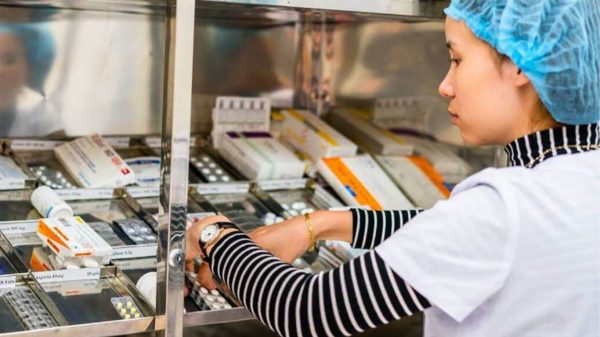

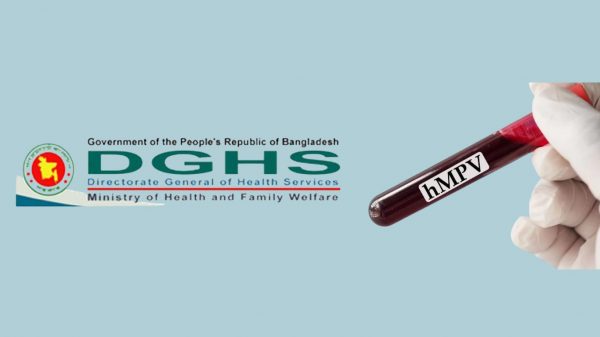
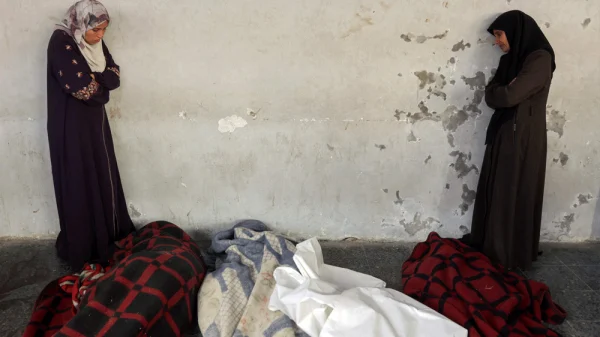
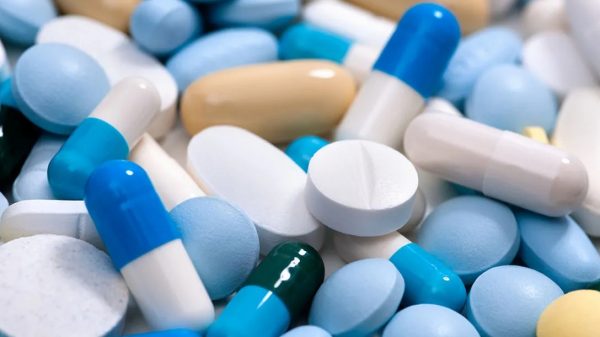
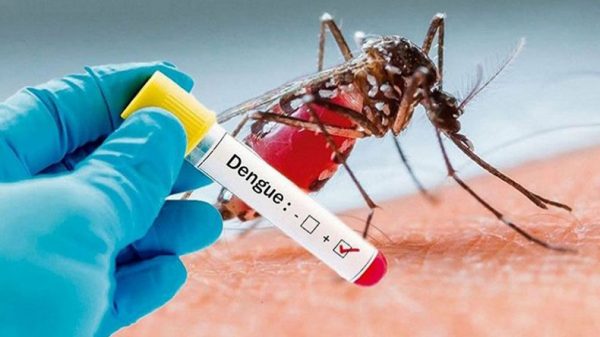
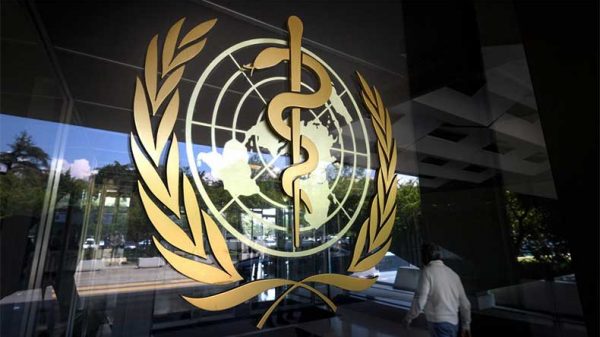





















Leave a Reply